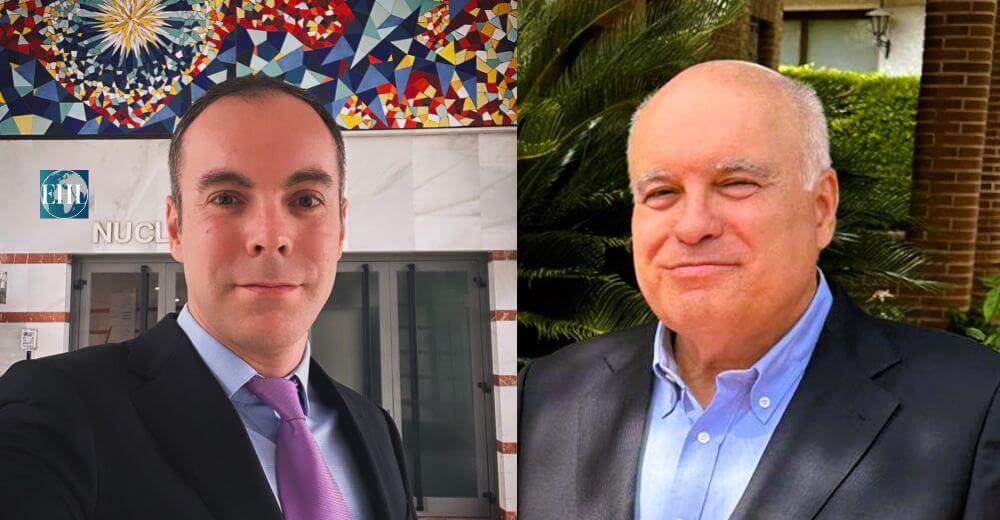Revolutionizing Cardiac Regeneration
Cardiovascular diseases remain a leading cause of mortality globally, with over 18 million fatalities occurring each year. For example, in acute myocardial infarction (AMI), which results from acute obstruction of a coronary artery leading to inadequate oxygen supply and permanent damage to the heart muscle, the mortality rate is up to 10% within 12 months after hospitalization. Current approved therapies mainly address symptoms rather than the root causes of the disease. Eventually, many patients do not respond adequately to treatment and might progress to congestive heart failure. In the most severe cases, heart transplantation is needed but organ supplies are limited and waiting lists continue to grow each year. Therefore, the field is in need of innovative therapeutic strategies. Autologous cell therapy, which uses the patient’s own cells to repair and regenerate damaged heart tissue, presents a promising alternative for cardiac regeneration.
The Promise of Autologous Cell Therapy
Autologous cell therapy leverages the body’s intrinsic healing mechanisms. After AMI, there is a substantial mobilization of CD34+ cells from the bone marrow to the peripheral blood and this mobilization is significantly correlated with heart regeneration and functional improvement. CD34+ cells home into the damaged heart tissue, secrete angiogenic factors, and revascularize the ischemic lesion. By harvesting CD34+ cells from a patient’s peripheral blood, expanding them in culture, and ultimately readministering them to the patient, we, at CellProthera, are enhancing the therapeutic potential of the cells. As the cells are from the patient, this method minimizes immune rejection risks and maximizes the efficacy of the treatment. Intramyocardial injection of autologous CD34+ cells reduces infarct size, improves cardiac function, and promotes long term recovery. Even patients initially recommended for heart transplantation, no longer required it several years after the CD34+ cell therapy. After these successful results, we completed a Phase 1/2b study with very promising results and we are now planning a pivotal Phase 3 study. Other cell types have been explored including mesenchymal stem cells, induced pluripotent stem cells, and bone marrow mononuclear cells (BMCs) with diverse results.
At CellProthera, we believe that the success of the cell therapy in AMI relies on five key factors: patient profile, timing of injection, cell type, dose, and injection route. Patient profile: cell therapy works best in patients highly inclined to heart failure hospitalization and cardiovascular death and identified with cardiac biomarkers, left ventricular dysfunction, and transmural infarct. Timing of injection: administration should occur within two months of myocardial infarction to maximize cell engraftment. Cell type: cell therapies using BMCs had inconsistent results due to the fact that they only contain 0.5–1% CD34+ cells. By injecting a purified population of CD34+ cells, which promotes angiogenesis, the chances for revascularization and regeneration in ischemic lesions are increased. Dose: High numbers of cells should be administered because there is clinical evidence suggesting that there is a dose dependent effect. Injection route: intramyocardial injection results in the highest cell retention when compared with other routes. Despite its potential, the production and application of autologous cell therapies face some challenges. Here, I explore these challenges and I highlight the advancements and strategies to overcome them.
Key Challenges and Strategies to Overcome them in Autologous Cell Therapy Production
- Cell Source and Quality
The quality of harvested cells is paramount for a successful therapy. Factors such as the patient’s age, disease state, and comorbid conditions can affect the viability and functionality of the cells. For instance, older patients or smokers may have compromised cell quality, necessitating advanced techniques to enhance cell viability and potency. Stringent quality control measures are needed to make sure that the cell therapy passes the specified release criteria before being administered to the patient.
- Isolation and Expansion of Cells
Efficient isolation and expansion of therapeutic cells pose technical challenges. Ensuring that the cells maintain their regenerative properties while proliferating outside the body requires precise culture conditions. New technologies are being developed to improve the efficiency of cell expansion and enhance the purity of the cell isolation while maintaining high viability of the cell product. By supplementing the culture media with the right mix of cytokines and growth factors, these systems provide a more physiologically relevant environment, enhancing cell growth and function. Automated systems are also being integrated to reduce variability and increase reproducibility in cell production.
- Genetic Stability
During the cell expansion process, maintaining genetic stability is crucial to prevent unwanted mutations or transformations that could lead to malignancies. Long term culture or genetically modifying the cells for therapeutic applications, can lead to unwanted mutations so the cells need to be carefully monitored during the manufacturing process. Rigorous monitoring and quality control measures with advanced genomic screening methods should be implemented to ensure that the expanded cells remain safe for therapeutic use. Fortunately, new faster and cheaper sequencing technologies are emerging making it easier to ensure the safety and efficacy of the cells used in therapy.
- Regulatory and Manufacturing Standards
The production of autologous cell therapies must adhere to stringent regulatory standards to ensure safety and efficacy. Establishing robust manufacturing protocols that comply with Good Manufacturing Practices (GMP) is essential. This includes ensuring traceability, sterility, and consistency in cell production. The regulatory landscape is complex, varying across different regions, which adds another layer of challenge to the commercialization of these therapies. Efforts are underway to harmonize regulatory frameworks globally, facilitating smoother translation of therapies across regions. Collaboration between regulatory bodies, industry, and academia is key to developing comprehensive guidelines that ensure the quality and safety of autologous cell therapies.
- Cost and Accessibility
Autologous cell therapies are often expensive due to the personalized nature of the treatment, the complexity of cell processing, and the need for specialized infrastructure. Reducing costs through technological advancements and streamlined production processes is critical to making these therapies accessible to a broader patient population. Technological innovations are being pursued to reduce the cost of autologous cell therapy production. Automation and improved bioprocessing techniques can significantly lower production costs. For instance, at CellProthera, we have developed an automated, closed platform — called the StemXpand system — for GMP-compliant simultaneous expansion of multiple clinical batches. The system has received ISO 13485: 2016 certification and leverages StemPack single-use cell-culture kits and StemFeed medium for optimized CD34+ cell expansion. Additionally, economies of scale achieved through centralized manufacturing facilities can make these therapies more affordable and accessible.
Future Directions
The future of autologous cell therapy in cardiac regeneration lies in the integration of emerging technologies and interdisciplinary collaboration. Advances in automation, cell purification, and cell processing technologies are ongoing to enhance the yield and quality of the cell therapies. Moreover, the convergence of regenerative medicine with gene editing and tissue engineering holds immense potential for creating more effective and personalized treatments. Autologous cell therapy represents a revolutionary approach to cardiac regeneration, offering hope for patients with severe cardiovascular diseases. However, the path to widespread clinical application has challenges related to cell sourcing, expansion, genetic stability, regulatory compliance, and cost. By addressing these challenges through technological innovation, rigorous quality control, and regulatory harmonization, the full potential of autologous cell therapy can be realized. This will not only revolutionize cardiac regeneration but also pave the way for personalized regenerative medicine, transforming the treatment landscape for numerous other conditions.
About the Author: Ibon Garitaonandia
Ibon Garitaonandia is passionate about advancing cell-based therapies from early discovery to clinical translation. He is the Chief Scientific Officer at CellProthera, a French clinical-stage biotechnology company developing stem cell- based therapies for cardiovascular diseases. He has previously worked in Parkinson’s disease, traumatic brain injury, and ischemic stroke among others.
Read More: Click Here











